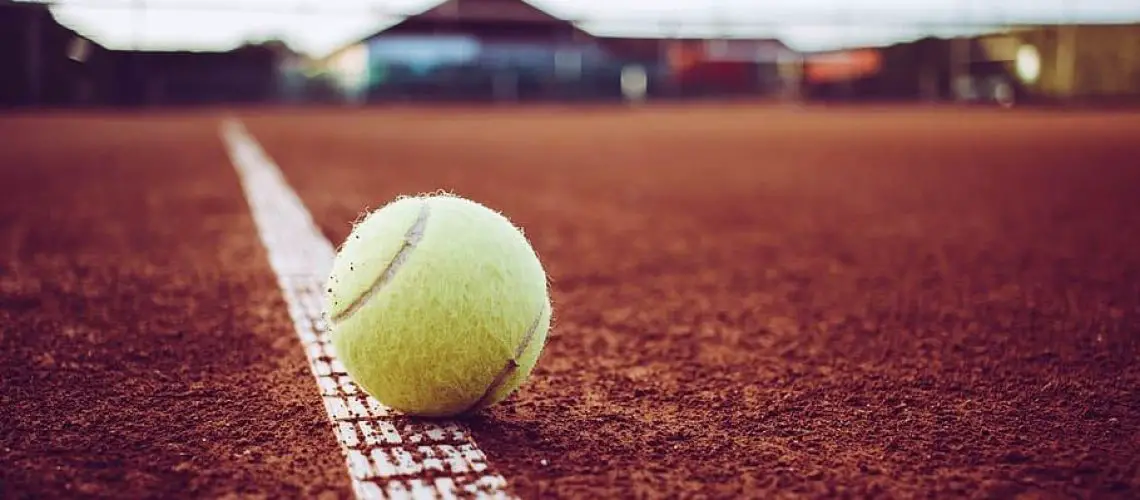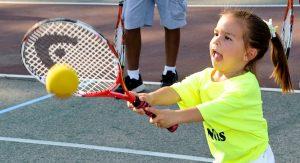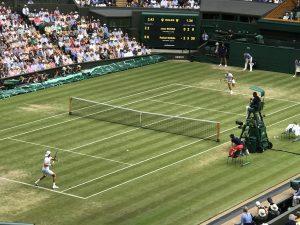We may earn money or products from the companies mentioned in this post.
Introduction
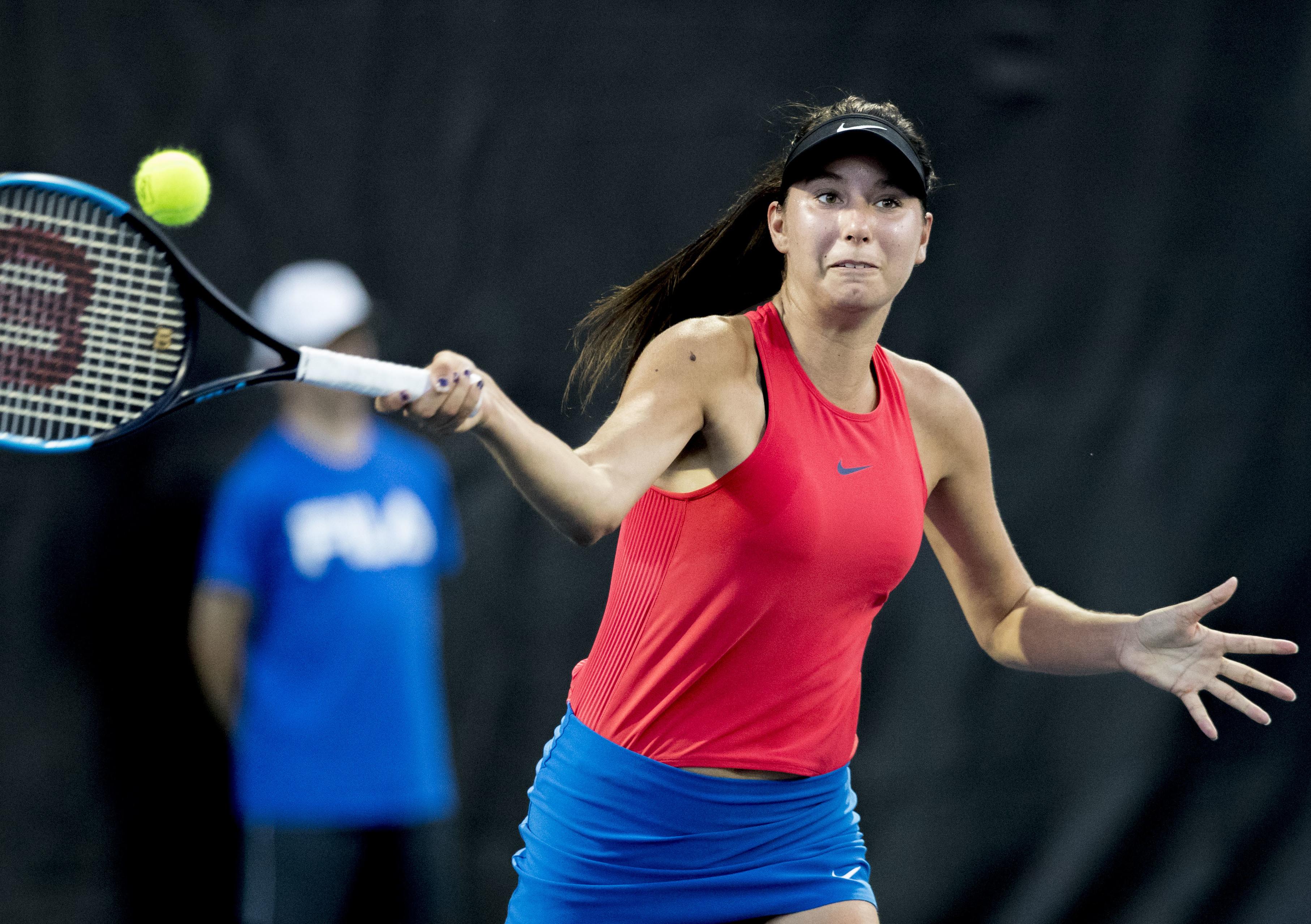
Tennis, a beloved sport enjoyed by millions worldwide, has gained immense popularity and boasts a global presence It is known for its exhilarating matches, strategic gameplay, and the physical demands it places on its players
Popularity and Global Presence
Tennis has become one of the most popular sports in the world, captivating audiences with its thrilling matches and iconic players From prestigious tournaments like Wimbledon and the US Open to local tennis clubs in communities around the globe, tennis has found a place in the hearts of sports enthusiasts everywhere
Physical Demands of the Game
The physical demands of tennis are no secret – it requires agility, stamina, speed, and precision Players must possess exceptional hand-eye coordination to accurately hit the ball over the net while constantly moving on the court The combination of explosive movements during rallies and endurance required to play multiple sets makes tennis a highly demanding sport
Common Physical Attributes of Tennis Players
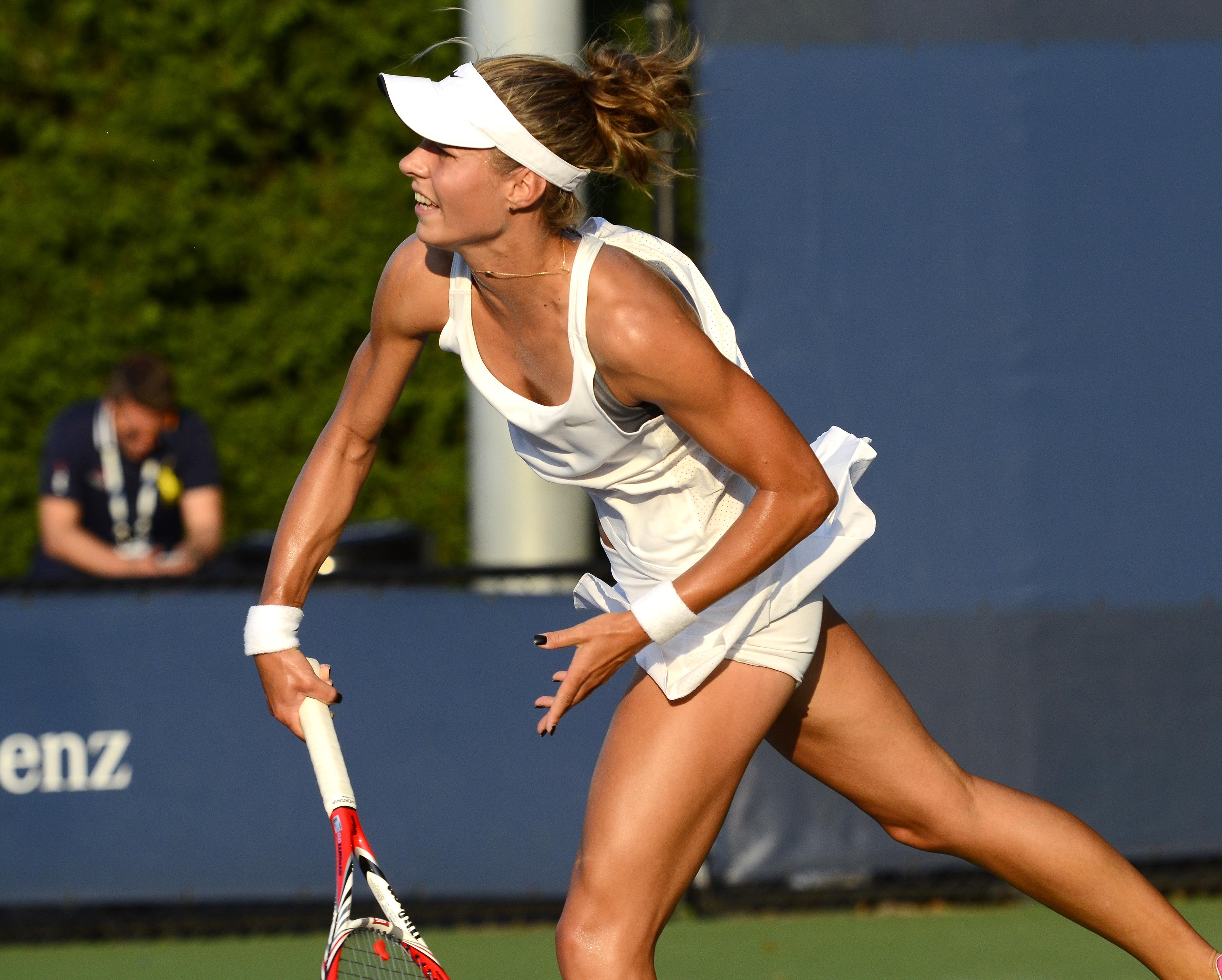
While tennis players come in various shapes and sizes, there is a general observation that many top-level professionals tend to have a lean physique This association with skinny players can be attributed to several factors
General Observation: Skinny Players
If you take a glance at professional tennis players across both men’s and women’s circuits, you’ll notice that many possess lean bodies with well-defined musculature Their slender appearance is often due to their rigorous training routines that focus on building functional strength without excessive bulk
In order to excel on the court, tennis players require quickness in their movements A lighter frame allows them to move swiftly from side-to-side as they chase down shots or approach the net for volleys Additionally, being lean helps reduce excess weight which may hinder their speed and agility
Comparisons with Players from Other Sports
When comparing tennis players to athletes from other sports, the emphasis on lean physiques becomes more apparent In contrast to sports like football or rugby, where strength and size play crucial roles, tennis prioritizes a balance between power and agility
While some tennis players may not possess the same muscle mass as a football player or a weightlifter, they compensate with incredible athleticism Their ability to cover the court efficiently and maintain high levels of endurance sets them apart in the world of sports
The Science Behind Skinny Tennis Players

The Role of Body Composition in Performance
When it comes to tennis, body composition plays a crucial role in determining an athlete’s performance on the court One aspect that stands out is the power-to-weight ratio, which refers to the amount of strength and explosiveness an individual can generate relative to their body weight
Understanding the definition and significance of this ratio is key Essentially, it measures how efficiently an athlete can use their muscles to produce force while taking into account their body mass For skinny tennis players, having a high power-to-weight ratio means they can generate significant power without being weighed down by excess muscle mass
But how does the power-to-weight ratio apply specifically to tennis players? Well, having a leaner physique allows them to move swiftly across the court with agility and speed It enables them to cover more ground and react quickly to their opponent’s shots, giving them a competitive edge
Muscle Types and Their Functions
Tennis players rely on various muscle types for different aspects of their game One essential distinction is between slow-twitch and fast-twitch muscles
Slow-twitch muscles are responsible for endurance activities, allowing athletes to sustain physical effort over extended periods On the other hand, fast-twitch muscles are involved in quick bursts of explosive movements like sprinting or hitting powerful shots
In terms of distribution within a tennis player’s body, different muscle groups come into play during specific actions on the court For example, leg muscles play a significant role in generating force for running and jumping, while upper body muscles contribute to shot-making ability
Tennis-Specific Training Routines
To optimize performance on the tennis court, players follow training routines tailored to their sport These routines typically encompass cardiovascular conditioning and strength training exercises
1 Cardiovascular Conditioning
Aerobic exercises are crucial for tennis players as they improve endurance and stamina during long matches Engaging in activities like running, cycling, or swimming helps enhance cardiovascular fitness It ensures that players can maintain a high level of energy throughout a match, preventing fatigue from setting in
In addition to aerobic exercises, interval training is also vital for speed and agility development This type of training involves alternating between periods of high-intensity activity and short recovery periods It simulates the stop-and-start nature of tennis matches and helps players improve their explosiveness on the court
2 Strength Training without Bulking Up
Contrary to common misconceptions, strength training doesn’t necessarily mean bulking up with excessive muscle mass for tennis players aiming for a lean physique
Players focus on resistance exercises targeting specific muscle groups relevant to their game By using lighter weights and higher repetitions, they develop functional strength without adding unnecessary bulk This approach allows them to generate power while maintaining the agility required for swift movement on the court
All in all, the science behind skinny tennis players revolves around optimizing body composition through an understanding of the power-to-weight ratio, muscle types, and specific training routines tailored to their sport By striking this balance between physical attributes and performance-oriented training techniques, these athletes can excel on the court with their nimble yet powerful gameplay
Nutritional Factors Contributing to a Lean Physique
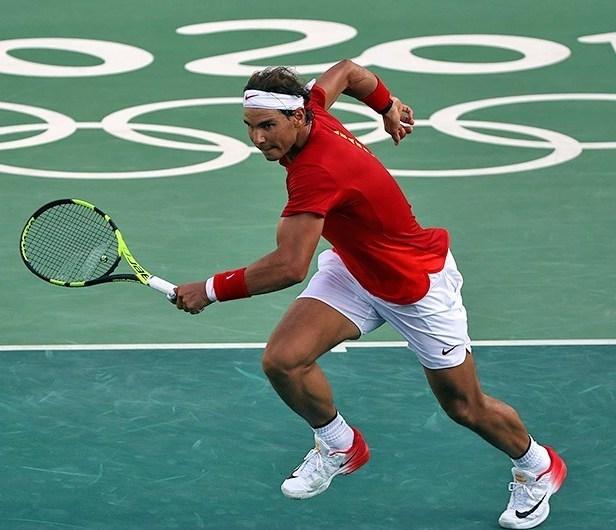
When it comes to achieving a lean physique, proper nutrition plays a crucial role A key aspect of this is maintaining a caloric balance for optimal performance During matches and practice sessions, athletes exert significant energy, which needs to be replenished adequately
Energy Requirements during Matches and Practice Sessions
To understand the energy requirements, it’s important to consider factors such as age, gender, and skill level The estimated calorie expenditure per match or practice session may vary based on these factors This knowledge helps in tailoring the nutritional intake specifically to meet an individual’s energy needs
Maintaining Caloric Equilibrium
One way to ensure optimal performance is by maintaining caloric equilibrium This involves carefully tailoring daily caloric intake to match the energy needs of the athlete It’s essential to consider macronutrient distribution, including protein, carbohydrate, and fat ratios Additionally, micronutrients such as vitamins and minerals should be taken into account for overall health and well-being
Adapting to individual metabolism rates is another vital factor in achieving a lean physique Each person has a unique metabolic rate that determines how efficiently their body processes food for fuel Understanding one’s metabolism allows for personalized adjustments in dietary choices and portion sizes
The Role of Hydration in Maintaining Weight
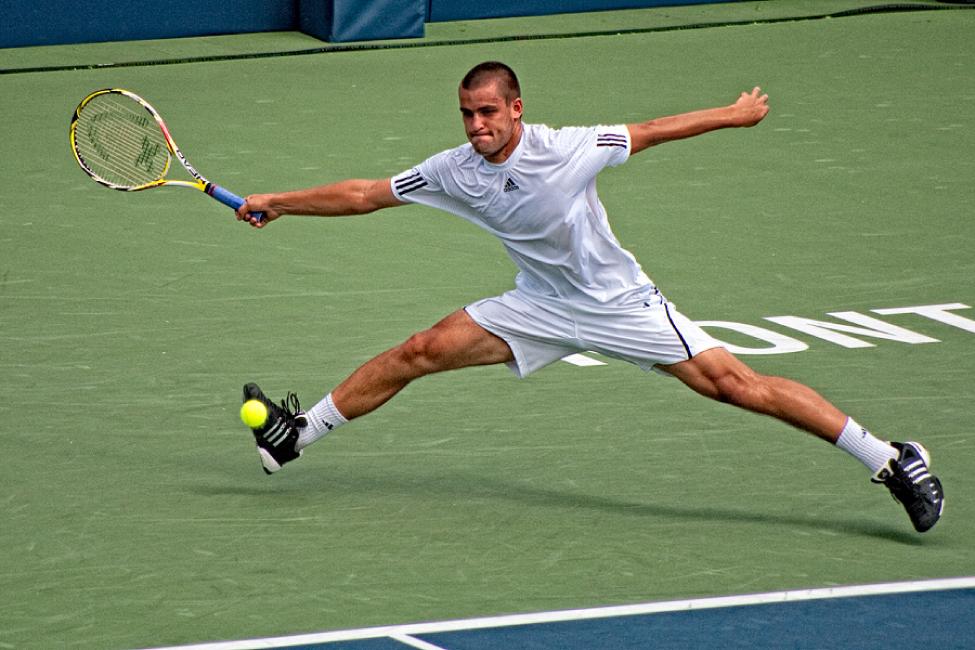
Hydration is often overlooked but plays a significant role in maintaining weight while aiming for a lean physique Athletes lose fluids during matches or practice sessions due to various contributing factors like temperature, humidity levels, and exercise intensity
Fluid Loss during Matches or Practice Sessions
The fluid loss experienced during physical activities can have implications on both performance and recovery Dehydration can lead to decreased endurance, muscle cramps, and impaired cognitive function It’s crucial for athletes to understand the impact of fluid loss and take necessary measures to counteract it
Strategies to Ensure Optimal Hydration
To ensure optimal hydration levels, athletes should follow pre-, during, and post-match fluid intake guidelines These guidelines help maintain a consistent supply of fluids throughout physical activities Additionally, choosing between sports drinks or water depends on personal preference and the specific needs of the athlete
In conclusion, nutrition is a key component in achieving a lean physique By understanding caloric balance and maintaining proper hydration levels, athletes can optimize their performance while working towards their fitness goals
The Skinny Tennis Player Stereotype: Myths vs Reality

When it comes to tennis players, there is often a stereotype that skinny players lack power and strength on the court However, this couldn’t be further from the truth While it’s true that some skinny players may not have the same physical presence as their bulkier counterparts, they possess other qualities that contribute to their success
1 Dispelling Common Misconceptions
a) Strength-to-Weight Ratio Considerations:
Skinny players might not have as much muscle mass, but they often boast an impressive strength-to-weight ratio Their lighter bodies allow for swift movement across the court and quicker reaction times
b) Importance of Technique over Sheer Muscle Mass:
In tennis, technique plays a vital role in generating power and hitting accurate shots Skinny players focus on honing their skills and perfecting their technique rather than relying solely on brute force
2 All Professional Tennis Players Are Skinny?
a) Examples of Successful Players with Diverse Body Types:
Contrary to popular belief, not all professional tennis players are skinny Champions like Serena Williams and Rafael Nadal have proven that different body types can excel in the sport
b) Factors Affecting Individual Body Composition:
Genetics and training routines greatly influence an individual’s body composition Some individuals naturally have leaner frames while others build muscle more easily through specific training regimens
Embracing Diversity in Body Types for Aspiring Tennis Players
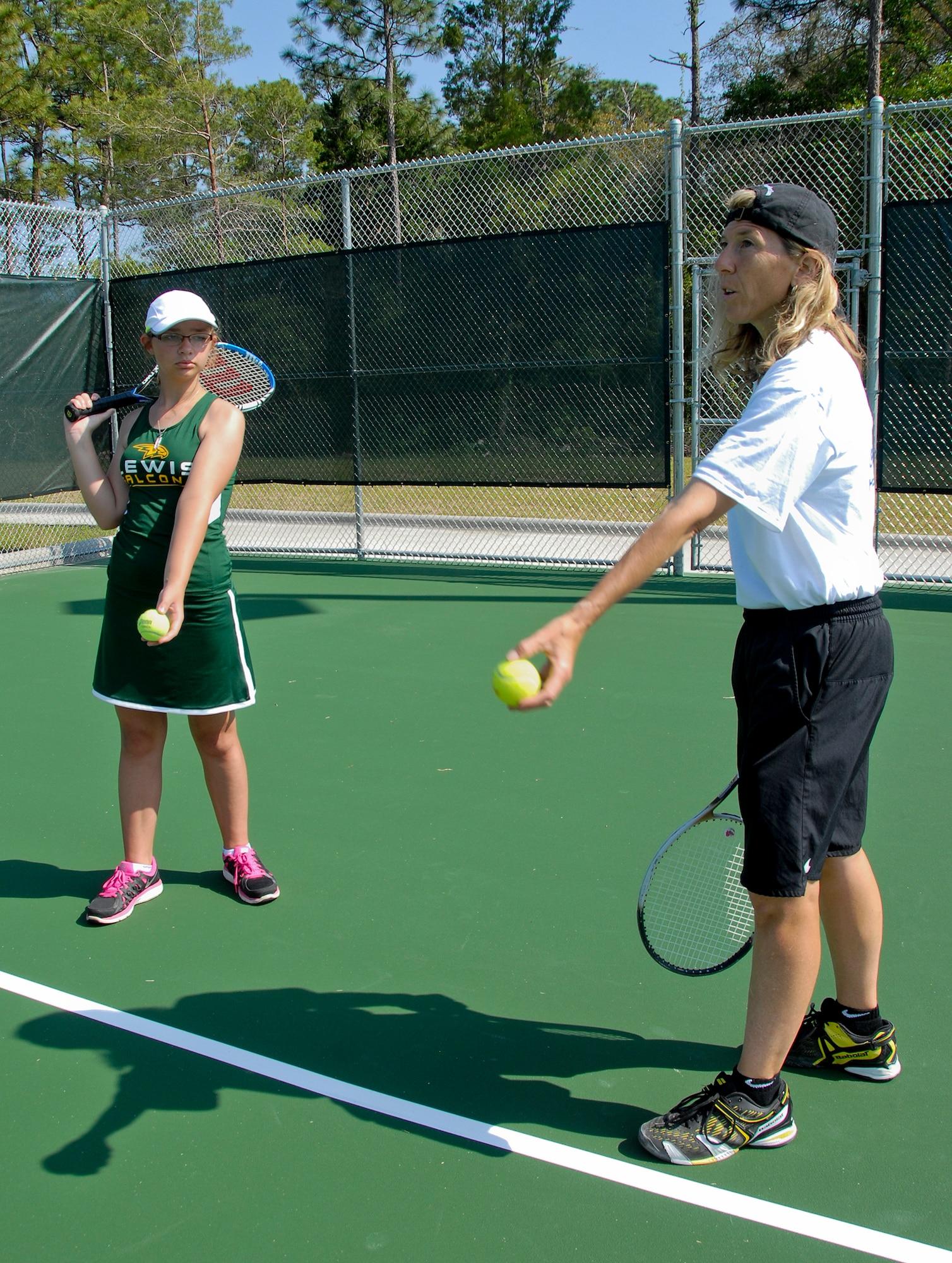
If you’re an aspiring tennis player, it’s important to embrace diversity in body types rather than conforming to stereotypes Here’s how you can make the most of your unique physique:
1 Finding the Best Training and Nutrition Plans for Individual Needs
a) Customizing Workout Routines to Suit Personal Goals:
Every body is different, so tailoring your workout routine to suit your goals and strengths is crucial Work with a coach or trainer who can design a program that maximizes your potential
b) Consulting Professionals for Nutrition Advice:
Proper nutrition is essential for optimal performance in tennis Seek advice from nutritionists or dietitians who can help you develop a meal plan that supports your body type and provides the necessary fuel for intense training sessions
2 Focusing on Skill Development and Mental Resilience
a) Importance of Mastering Technique, Strategy, and Mental Focus:
Regardless of body type, mastering technique, developing strategic thinking, and maintaining mental resilience are key factors in achieving success on the court Work on improving these aspects of your game to enhance overall performance
b) Learning from Role Models with Various Body Types:
Look up to tennis players who have succeeded despite having different body types By studying their playing style, approach to the game, and work ethic, you can gain valuable insights that will contribute to your own progress
In conclusion,
Useful Links
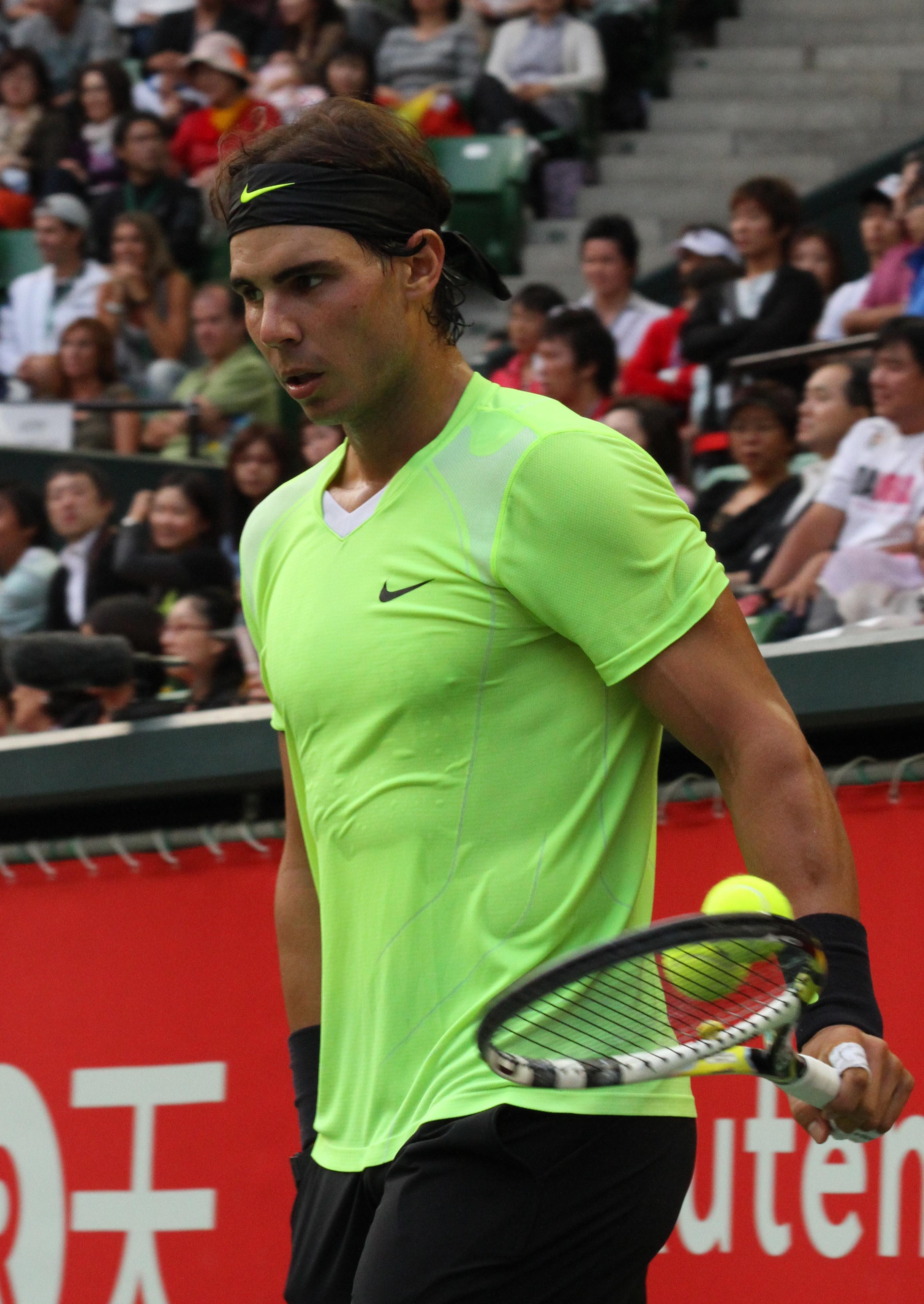
Body Types in Tennis: They’ve Changed, But Should You …
What Is The Best Body Type For Tennis? | Paddle2Racket
Serena Williams, Tennis Stars Discuss Body Image in New …
Why Aren’t Tennis Players Muscular? (5 Reasons)
Carlos Alcaraz’s body transformation: from skinny to muscular
overweight tennis players
Skinny Tennis Star Is Talk of Wimbledon
Out of shape tennis players | Page 3
Does Tennis Make Your Legs Bigger?
Tennis’s Top Women Balance Body Image With Ambition
Best advice for those with upper fat body and skinny legs
Elite tennis players have ‘beefed up’
Why are Soccer Players So Skinny – – The Sports Ground
Why Are Female Tennis Players Fat? For 2023
“So are skinny jeans really out?! Rising tennis star @ …
Too Skinny for the ATP! Unhealthy Novak Djokovic Looks …
How Much Does Maria Sharapova Weigh?
These Are The 4 Best Sports For Tall Skinny Guys
10 Best Tennis Headbands | Stylish Options for Men & …

